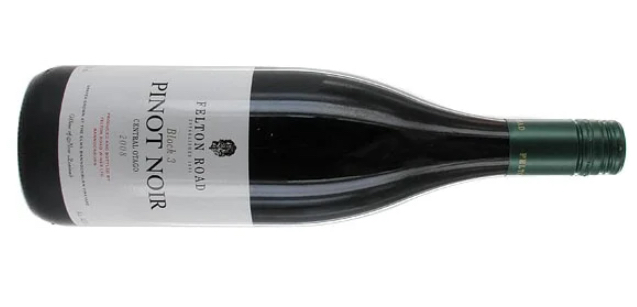Organic Wine Bottles
The Cono Sur Organic Chardonnay 2009($14.49) comes out of the Valle de San Antonio in Chile’s Region de Aconcagua. It is a new, organic unoaked chardonnay under screwcap that is ridiculously tasty for the price. The entry is fresh, crisp and just off-dry, with nettle, lemon, grapefruit, gooseberry, passion fruit flavours and a touch of grass. It has a juicy mineral, green guava finish. Try this with a whole roasted chicken stuffed with lemons and rosemary.
Organic sparkling wine is less abundant, but a favourite is the Villa Teresa Ros Veneto Vino Frizzante ($14.50). This non-vintage bubbly hails from Veneto, Italy. It has an attractive pale salmon colour and a fresh, open, red fruit nose. On the palate, you taste soft, candied cherry fruit flavours, bolstered by the frizzante or spritz that keeps it light and fresh. Simple, playful pink for tapas-style appetizers or for light evening meals.
One of the best organic pinot noirs in the market is the Felton Road Pinot Noir 2008 ($60) from Central Otago, New Zealand. Typically expressive celery salt, earthy, rooty, rhubarb, strawberry, orange peel flavours with a savoury thyme, herbal undercurrent, all in a dry, elegant, supple palate. Duck pt, anyone?
From the Rhne Valley, any Chapoutier estate wine is natural, eschewing chemicals, fertilizers and sprays, harvesting grapes by hand and using only natural yeasts to produce unfiltered wines. The M. Chapoutier La Ciboise Rouge 2008 ($17) is a grenache and syrah blend with rich black cherry jam flavours flecked with orange, chocolate, chalky, peppery, spicy meat flavours. An excellent-value everyday red you can serve with grilled meats.
Emiliana G 2006 ($72) is certified biodynamic. The best lots, best barrel red blend is a mix of syrah, carmenre, cabernet sauvignon and merlot. Ripe, supple, warm red fruit washes across your palate with a mix of eucalyptus, curry, blackberry, black cherry and smoky, meaty sage flavours, with a good measure of finesse. Try this with Alberta’s best beef.
The cold weather should have you reaching for Fonseca Terra Prima Reserve Port N/V ($33). Terra Prima is the only “Reserve” port we know of on the market that’s made from organically grown grapes and organic grape spirits. Expect a drier style and a rich palate of coffee, tobacco, cedar, menthol, dried fig, black tea and smoky, raisin flavours. Serve this one fireside after dinner and let the organic debate begin.
Anthony Gismondi is a the globetrotting editor-in-chief of Calgary-based Wine Access magazine.
Like this content? Get more delivered right to your inbox with Ed. Eats
A list of what’s delicious, delectable and delightful.
